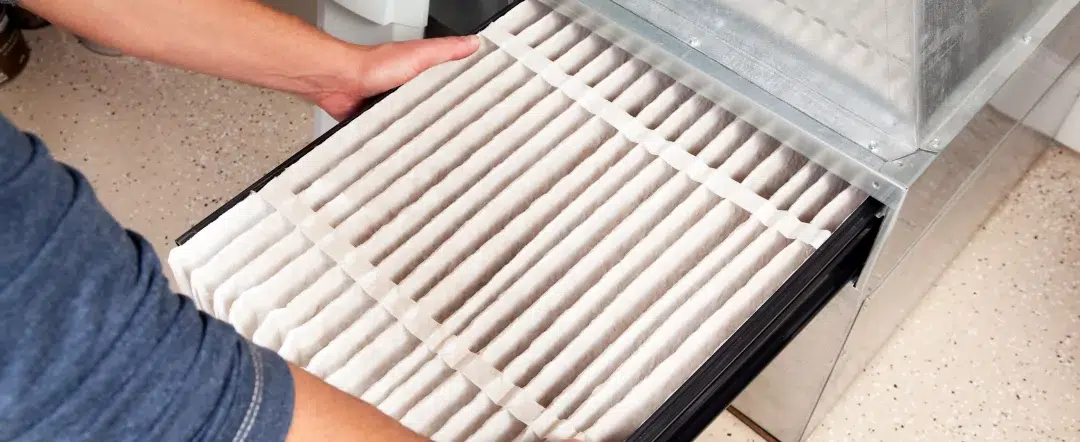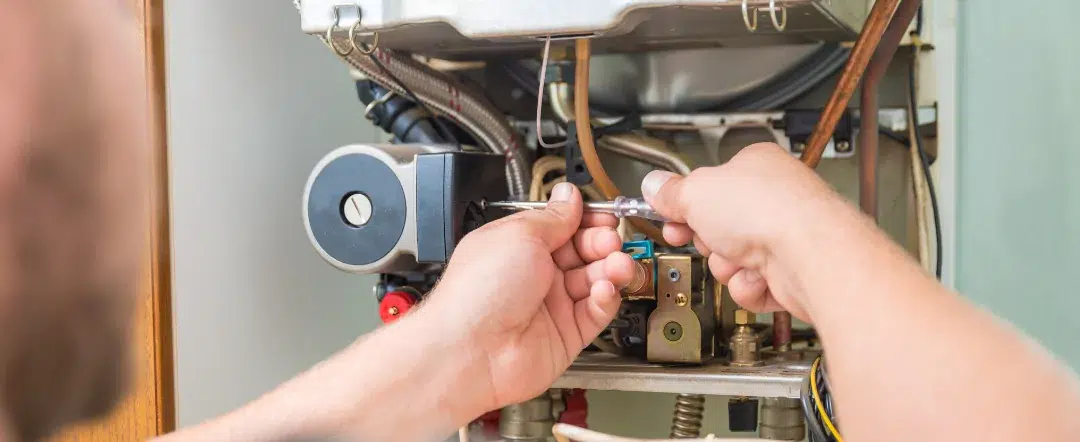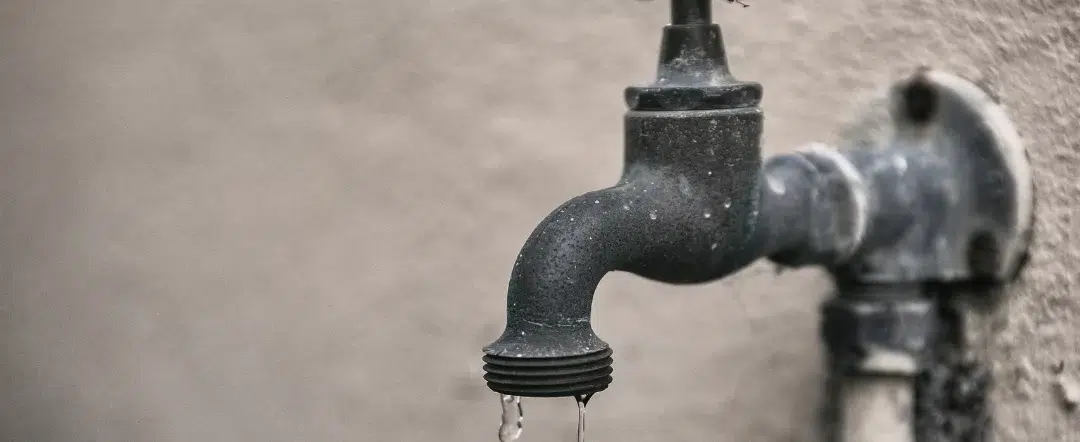Refrigerants: How They Work Simplified

Refrigerants are used inside the AC unit’s coils to cool air through phase changing. When compressed from a low-pressure gas to a high-pressure liquid, refrigerants absorb heat from the air around the coils causing the air to cool. The AC unit then releases the heat outside as the high-pressure fluid changes back. The cycle continues.
This constant circulation of refrigerant is why it is so important you do not have a refrigerant leak. Without the proper amount of in your system, the unit will use more energy than usual while the air from your ductwork may not feel as cold as you want. Eventually, low refrigerant levels could lead to a critical breakdown of other components within the system.

The History of Refrigerants
Before R-22, CFCs, also known as chlorofluorocarbons, were common in air conditioners because they are “nontoxic, nonflammable chemicals containing atoms of carbon, chlorine, and fluorine,” according to the Global Monitoring Laboratory.
During the 1980s, scientists noticed the thinning of the ozone layer along with large amounts of Chlorine monoxide, the result between CFCs and ozone. While CFCs are safe for the home when they escape to the stratosphere, they become highly reactive and destructive to ozone.
In 1987, The Montreal Protocol began phasing out chlorofluorocarbons and other artificial gases that have chlorine (and bromine) to prevent the depletion of the ozone layer. Healthline states, “Without this multilateral environmental agreement, people worldwide would have faced a higher risk of skin and other cancers, eye damage, and possible immune system problems due to excess UV rays.”
After banning CFCs, the world turned to two alternatives – Hydrochlorofluorocarbons (HCFCs) and Hydrofluorocarbons (HFCs). R-22 is an HCFC. While HCFCS still have chlorine, they have a lower atmospheric lifetime – which initially prevented them from being banned alongside CFCs. It was only in 2020 that the world phased out the production of HCFCs. That means any HCFC gas you get today comes from stockpiled or recovered sources. This environmental regulation directly impacts people who own an HVAC system older than 2010 since most older systems use R-22.
New Refrigerants
New HVAC systems use R-410A, an HFC. Not only is it a better environmental alternative for R-22, but it is also more energy efficient. R-410A absorbs and releases heat better than R-22, so you’ll need less energy to produce the desired temperature.
R-410A is not without its disadvantages. R-410A is still a greenhouse gas like carbon dioxide. Experts are looking into more sustainable alternatives, given AC technology will only become more critical as the frequency of heat waves increases due to climate change.

Refrigerants are used inside the AC unit’s coils to cool air through phase changing. When compressed from a low-pressure gas to a high-pressure liquid, refrigerants absorb heat from the air around the coils causing the air to cool. The AC unit then releases the heat outside as the high-pressure fluid changes back. The cycle continues.
This constant circulation of refrigerant is why it is so important you do not have a refrigerant leak. Without the proper amount of in your system, the unit will use more energy than usual while the air from your ductwork may not feel as cold as you want. Eventually, low refrigerant levels could lead to a critical breakdown of other components within the system.

The History of Refrigerants
Before R-22, CFCs, also known as chlorofluorocarbons, were common in air conditioners because they are “nontoxic, nonflammable chemicals containing atoms of carbon, chlorine, and fluorine,” according to the Global Monitoring Laboratory.
During the 1980s, scientists noticed the thinning of the ozone layer along with large amounts of Chlorine monoxide, the result between CFCs and ozone. While CFCs are safe for the home when they escape to the stratosphere, they become highly reactive and destructive to ozone.
In 1987, The Montreal Protocol began phasing out chlorofluorocarbons and other artificial gases that have chlorine (and bromine) to prevent the depletion of the ozone layer. Healthline states, “Without this multilateral environmental agreement, people worldwide would have faced a higher risk of skin and other cancers, eye damage, and possible immune system problems due to excess UV rays.”
After banning CFCs, the world turned to two alternatives – Hydrochlorofluorocarbons (HCFCs) and Hydrofluorocarbons (HFCs). R-22 is an HCFC. While HCFCS still have chlorine, they have a lower atmospheric lifetime – which initially prevented them from being banned alongside CFCs. It was only in 2020 that the world phased out the production of HCFCs. That means any HCFC gas you get today comes from stockpiled or recovered sources. This environmental regulation directly impacts people who own an HVAC system older than 2010 since most older systems use R-22.
New Refrigerants
New HVAC systems use R-410A, an HFC. Not only is it a better environmental alternative for R-22, but it is also more energy efficient. R-410A absorbs and releases heat better than R-22, so you’ll need less energy to produce the desired temperature.
R-410A is not without its disadvantages. R-410A is still a greenhouse gas like carbon dioxide. Experts are looking into more sustainable alternatives, given AC technology will only become more critical as the frequency of heat waves increases due to climate change.
If you found this post helpful, check out our other blog posts, subscribe to our YouTube channel, and follow us on social media for more HVAC and plumbing tips, information, and fun!
Air Experts is always here for your Heating, Cooling, Indoor Air Quality, Plumbing, and Water Treatment needs. Our award-winning customer service team is available to take your call 24/7, or you can easily book an appointment online.
If you found this post helpful, check out our other blog posts, subscribe to our YouTube channel, and follow us on social media for more HVAC and plumbing tips, information, and fun!
Air Experts is always here for your Heating, Cooling, Indoor Air Quality, Plumbing, and Water Treatment needs. Our award-winning customer service team is available to take your call 24/7, or you can easily book an appointment online.







